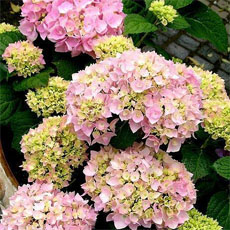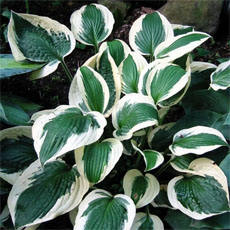Quercus Species, Eastern Red Oak, Gray Oak, Mountain Red Oak, Northern Red Oak
Quercusrubra
Synonym
Quercus
borealis
Quercus
maxima






















































The Northern Red Oak is a very valuable tree here in the Eastern US. A forest with a good mix of mature Red Oak and White Oak is an impre...Read More
It is a common upland forest tree in the Midwest and East US and it is commonly planted in landscapes as it is fairly fast growing of abo...Read More
This eventually becomes a majestic shade tree to 70' tall---one of the very best, and one that should be planted much more often. Its spe...Read More
Native to North America in the northeastern United States and southeast Canada. It grows from the north end of the Great Lakes, east to N...Read More
Very fast growing for an oak. Grows positively brauntosaurian in great age. A good oak for lawn or to garden under. Brilliant red-oran...Read More
A rare tree in Edmonton, AB because of lack of testing. Any trees that have been planted grow very well. Definitely a tree to look for ...Read More
For people in the Northeast, Northern Red Oak is a good choice. It is a fast growing tree and will not be affected by our increasing temps.
This tree is a fast grower. It has lovely dense foliage that puts on a real show in autumn. It prefers rich loamy soil and grows well i...Read More
Gets the name because the foliage turns red in fall and the reddish interior wood. A valuable timber tree used for furniture, boards, and...Read More